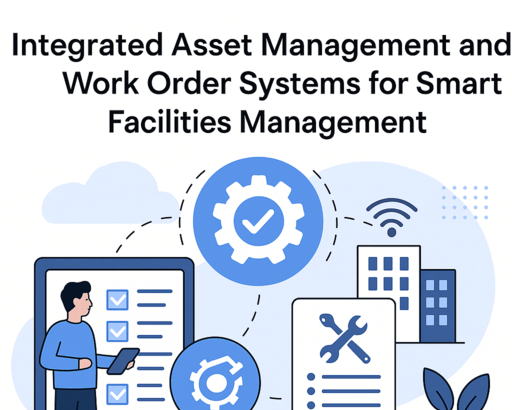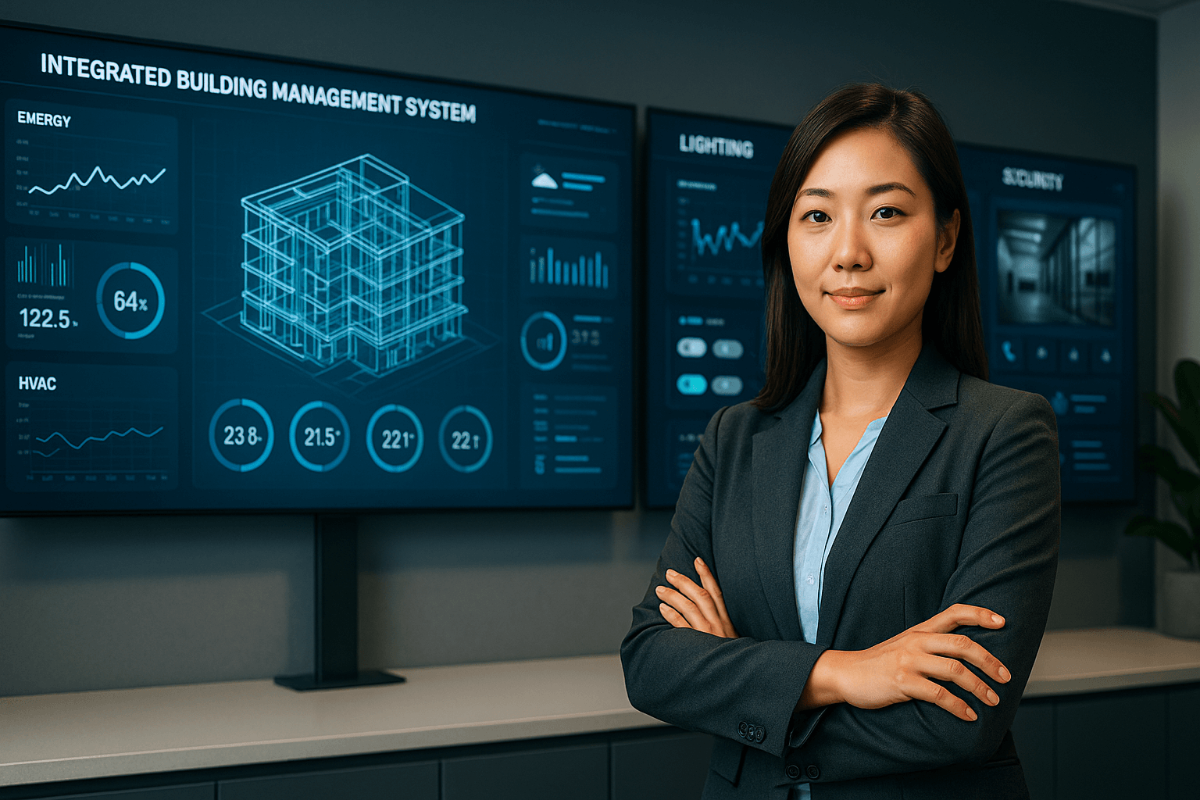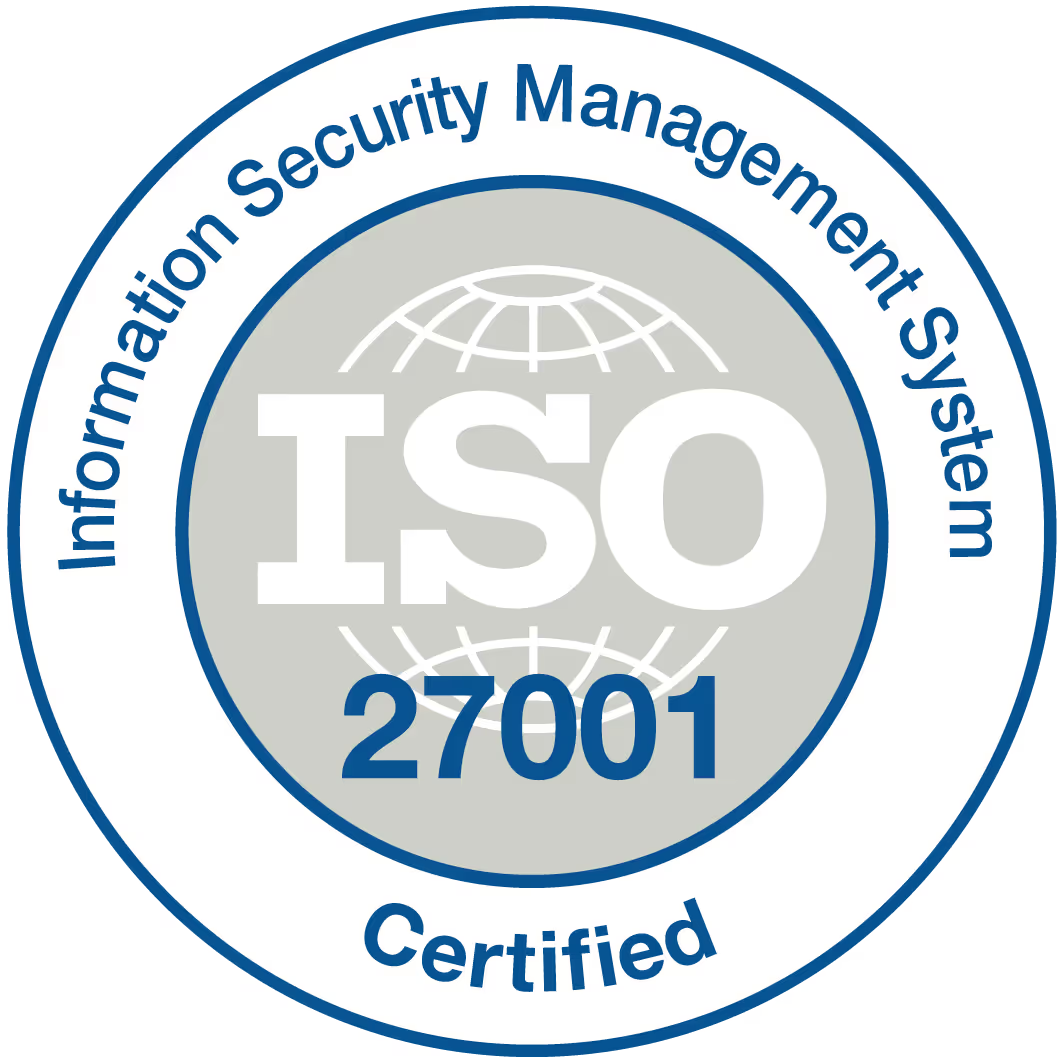Edge computing for smart buildings
As technology advances, so does the need for faster and more efficient ways to process data. Edge computing is a new solution that is quickly gaining popularity due to its ability to handle data processing at the edge of the network, close to the source of information. This makes it an ideal choice for applications such as smart building solutions. In this blog post, we will discuss the benefits of edge computing and how it can be used in conjunction with cloud computing to improve smart building solutions.
One of the biggest benefits of edge computing is its low latency. This is because data does not need to be sent back and forth between the central cloud and the edge device. This can be a major advantage for smart building solutions, which often rely on real-time data processing and data passing prepared for advanced applications, like Machine Learning AI model training.
Another benefit of edge computing is that it can help to improve operational efficiency. This is because edge computing can be integrated to monitor and control siloed systems, or even other existing operational technology. By bringing these siloed systems together, it is possible to get a more holistic view of the building and identify areas where improvements can be made. This can include things like energy efficiency, as well as improved security and other operational automation. Finally, edge computing can help to reduce the costs associated with the installation of a new system. By making use of existing on-site hardware, it is possible to quickly deploy edge computing solutions without having to invest in new infrastructure. This makes it easier and more cost-effective to take advantage of the latest technologies. Ultimately, edge computing offers an efficient and cost-effective way to take control of a building's infrastructure by integrating siloed systems together in order to gain a more comprehensive view. This can help to reduce costs while also improving operational efficiency and security. Additionally, it makes it easier for businesses to take advantage of emerging trends in technology such as Internet of Things (IoT smart buildings) and machine learning. By taking advantage of edge computing, businesses are well-positioned to benefit from the benefits that come with these emerging technologies.In addition to cost savings, edge computing can also offer greater reliability.
Edge computing is a new solution that is quickly gaining popularity due to its ability to handle data processing at the edge of the network, close to the source of information. This makes it an ideal choice for applications such as smart building solutions.
In this blog post, we have discussed the benefits of edge computing and how it can be used to improve smart building solutions. Overall, edge computing has the potential to revolutionise smart building solutions. Offering low latency and improved operational efficiency while also reducing costs, can help to make buildings more efficient and sustainable. As more organisations adopt this new technology, we are likely to see even more innovation in smart building applications. So, if you are looking for a way to improve your smart building solution, don't forget to consider edge computing. It just might be the key to success.
Author's Note:
If you're interested in learning more about edge computing and how it can be used to improve smart building solutions, please contact us. We would be happy to discuss this topic with you in more detail. Also, be sure to check out our other blog posts for more great content. Thanks for reading!
#edgecomputing #smartbuildingsolutions #machinelearning #ai #iot #latency #operationalefficiency #costofownership @EdgeComputing @SmartBuildingSolutions @MachineLearning @AI @IoT @EnergyMonitoring


.png)








.png)




.png)
















.jpeg)




























